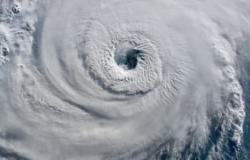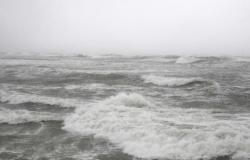When it comes to space exploration, one of the most relevant sites is certainly the Launch Complex 39 of the Kennedy Space CenterFlorida: many rockets have taken off from here Saturn V headed to the Moon during the Apollo space missions. However, what everyone may not know is 12 meters deep under launch pads 39A and 39B there is a bunker system with walls entirely covered in rubber, friendly called “ rubber room“. This is an emergency facility designed to house technical personnel in the event of an emergency during a takeoff.
In this case, in fact, the first thing that would have had to be done to get the rocket off the ground was to use a special device. elevator and, once you reach the ground, open a hatch. There would be a long slide there 61 meters which would lead to the interior of this room whose walls are made of rubber covered cushions whose aim was absorb shock waves. To make everything even safer, there was a thick steel door 15 centimetersreinforced concrete walls and a floor supported by soft to absorb any vibrations. The structure could withstand a pressure of 35kg/cm2 and at accelerations of up to 75G.
Inside it was possible to find 20 fixed chairs equipped with seat belts, toilets, fire blankets, water, supplies and filters to ensure the survival of tenants for at least 24 hours. Once the emergency passed, staff were able to abandon the bunker thanks to a tunnel which would have led to 366 meters from the platform.
These rooms are actually not never been used otherwise during the emergency simulations, and the one located under platform 39B was even farm for fear of possible health problems linked to lead paint used. Over time, NASA patented other systems for evacuating personnel in an emergency.






